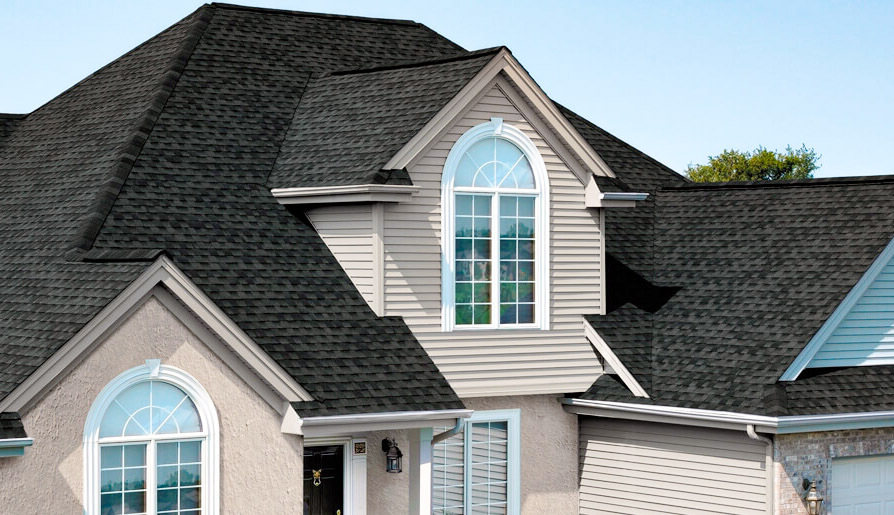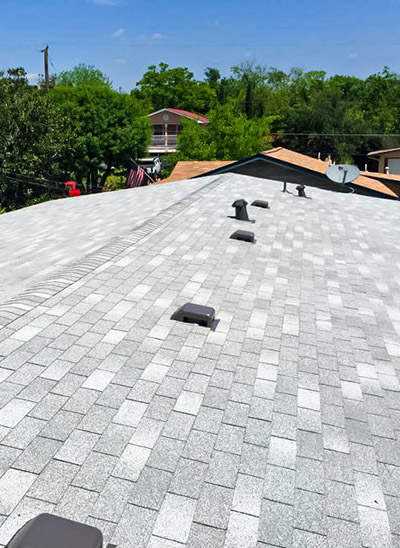The roof of a home plays an important role in both the aesthetics and energy efficiency of a property. As such, choosing the right color for a roof is essential to achieving optimal results.
Beyond simply looking good, the hue can also have an impact on monthly electricity bills. In this article, we will explore how different shades may affect one’s energy costs and look at what potential homeowners should consider when selecting a roofing material.
Every homeowner wants their residence to be pleasing to the eye while maintaining the utmost functionality. The choice of color for a rooftop is no exception; it must not only complement the exterior but also provide maximum savings on utilities over time.
The Impact Of Heat Exchange
The roof of a building is an important aspect when it comes to temperature control. The color and material of the roof can affect its heat absorption, which influences how much energy is needed to maintain a comfortable indoor climate.
Darker-colored roofs tend to absorb more heat than lighter ones due to their higher thermal emissivity. As a result, buildings with darker roofs require more energy in order to cool down during hot days and remain warm during colder nights.
On the other hand, light-colored roofs have lower thermal emissivity, which means that they reflect most of the incoming solar radiation away from the interior space rather than absorbing it for conversion into heat. This reduces the amount of energy required for cooling or heating, resulting in potential savings on monthly utility bills.

Dark Colors Vs. Light Colors
The color of a roof is an important factor in determining energy efficiency. Darker colors absorb the sun’s heat, while lighter colors reflect it. As such, ventilation considerations must be taken into account when choosing a roof color.
Hot air can cause homes to become over-ventilated and heated during warmer months, leading to increased air conditioning costs. Conversely, colder climates may benefit from darker roofs that absorb more sunlight. Additionally, wind resistance should also be considered when selecting roof color as this affects the amount of energy required for cooling or heating purposes.
While dark-colored roofs tend to be more cost-effective in cold climates due to their capacity for absorbing heat, light-colored roofs are generally better suited for areas with warm weather conditions because they can help reduce air conditioning costs by reflecting sunlight away from the home.
However, since each home environment is unique, homeowners should consider both options carefully before making a decision about what type of roofing material and color would best suit their needs.
Reflective Coatings For Increased Efficiency
The potential cost savings associated with reflective coatings are significant and should not be overlooked. By reflecting the sun’s rays, these special coating materials can reduce the amount of heat transferred into a home or building, leading to lower electricity bills and other energy-related expenses.
With this in mind, cool roofs that use such coating materials have become increasingly popular among homeowners looking to improve their insulation and save money at the same time.
Research has shown that using reflective coatings on your roofing system can lead to reduced energy costs for both residential and commercial applications. In fact, studies conducted by the U.S Department of Energy found that cool roofs could reduce summertime cooling loads by up to 20%, resulting in considerably lower electricity bills during hot months.
Additionally, many cities provide subsidies for those who choose to install reflective coatings as part of their roofing projects. Taking advantage of such incentives is an easy way to further offset installation costs while still experiencing considerable benefits from installing a cool roof.
The Role Of Insulation
In addition to the visual appeal, color choice of a roof is an important factor in controlling energy bills.
The reflective properties of different colors can have a major impact on the ability of a building to regulate its temperature and reduce cooling costs.
Thermal barriers are also essential for keeping cool air inside during the summer months and warm air inside during the winter months.
The insulation used in roofs must be considered when selecting materials since it helps control ventilation as well as thermal transfer.
Asphalt shingles, metal panels, wood shakes, ceramic tiles, and slate are popular choices because they provide good protection against heat loss or gain while providing adequate ventilation control.
To achieve maximum efficiency from your roof’s insulation system, it is important to consider factors such as climate zone, local weather conditions, budget considerations, and personal preference.
Choosing The Right Material
The importance of selecting the right roofing material to achieve energy savings cannot be overemphasized. With a wide variety of materials available, understanding how each type can affect temperature control and impact energy bills is critical.
Comparing performance characteristics such as thermal emittance, solar reflectance, and insulation values helps determine which are most suitable for specific climates. For example, light-colored membranes with high reflectivity reduce heat absorption from sunlight and help maintain cooler temperatures inside buildings during hot weather months; thus resulting in lower air conditioning costs.
On the other hand, dark colors absorb more heat which may lead to higher indoor temperatures making it difficult to keep homes cool without running air conditioners frequently. Therefore, choosing the correct roof color along with an appropriate material plays an essential role in helping property owners save on their energy bills.
The knowledgeable selection also ensures optimal comfort by providing year-round temperature regulation within residential or commercial structures while limiting monthly utility expenses.

Understanding Local Climate
When it comes to choosing the right material for your roof, understanding the local climate is crucial. Urban and rural areas can vary significantly when it comes to temperature and humidity, which can affect the performance of certain materials. It is important to consider these elements carefully before making a decision on what type of roofing material you should use.
The urban environment typically has higher temperatures due to buildings blocking wind flow and trapping heat. This causes more strain on roofs than in rural environments where there are fewer obstacles obstructing air circulation. Additionally, cities tend to have more pollution which affects both the durability of roof shingles as well as their energy efficiency.
On the other hand, rural climates often experience greater fluctuations in temperature throughout the year due to its open landscape with less buffering from winds and barometric changes. As such, it’s recommended that those residing in an area with extreme weather conditions opt for heavier-duty materials like metal or slate tiles that offer greater insulation against both hot and cold extremes.
Making An Informed Decision
Making an informed decision is, of course, paramount when selecting a roof color.
While there are many factors to consider – from aesthetics to budgeting implications – the energy ratings of different colors should not be overlooked.
Darker hues like brown and black absorb more sunlight than lighter tones such as white or yellow; this could lead to higher temperatures in attics and other areas beneath the roof, resulting in increased air conditioning costs during summer months.
By contrast, lighter shades tend to reflect solar radiation back into the atmosphere, helping reduce cooling expenses over time.
In addition, recent technological advancements have allowed manufacturers to produce special reflective pigments that offer thermal insulation benefits regardless of tone or hue.
These products can help homeowners save on their utility bills while still having access to a wide range of attractive options for the exterior of their homes.
Careful consideration must be made when making any purchasing decisions with regards to roofing materials due to both financial investments and long-term sustainability goals.
